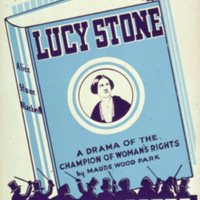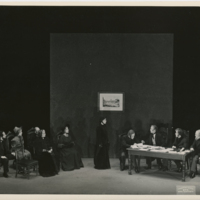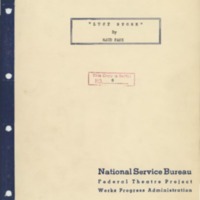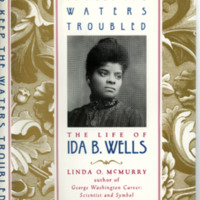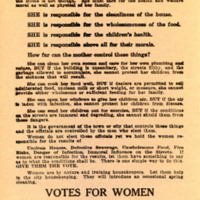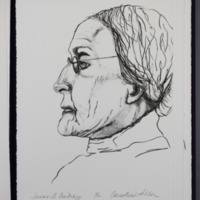The Womens' Suffrage Movement in the 19th Century
Please click on an image to learn more about and view the image.
The 19th Century was marked by the beginning and increase in visibility of the Women’s Movement in America. In 1848 at the Seneca Falls (NY) Convention three hundred women and men led by organizers Lucretia Mott and Elizabeth Cady Stanton garnered controversy, not by suggesting that women be given the right to vote, rather by publishing a statement asserting that “all men and women are created equal”. In 1869, as Congress was considering the 15th Amendment giving the right to vote to African American men, Womens' Suffrage leaders Lucy Stone, along with Stanton and Susan B. Anthony, testified before Congress, in an attempt to have women included. As the Progressive Movement gathered steam in the 1890s women’s suffrage became a key part. Because women took on most of the family nurturing roles in the home they were seen as more morally motivated than men and more likely to help clean up societal problems if given the opportunity to vote. Journalist, racial equality activist, and women’s suffragist Ida B. Wells lived and illustrated the injustices that African Americans, particularly Affican American women, faced during Reconstruction and the early 20th Centurythrough her writings and activism.

